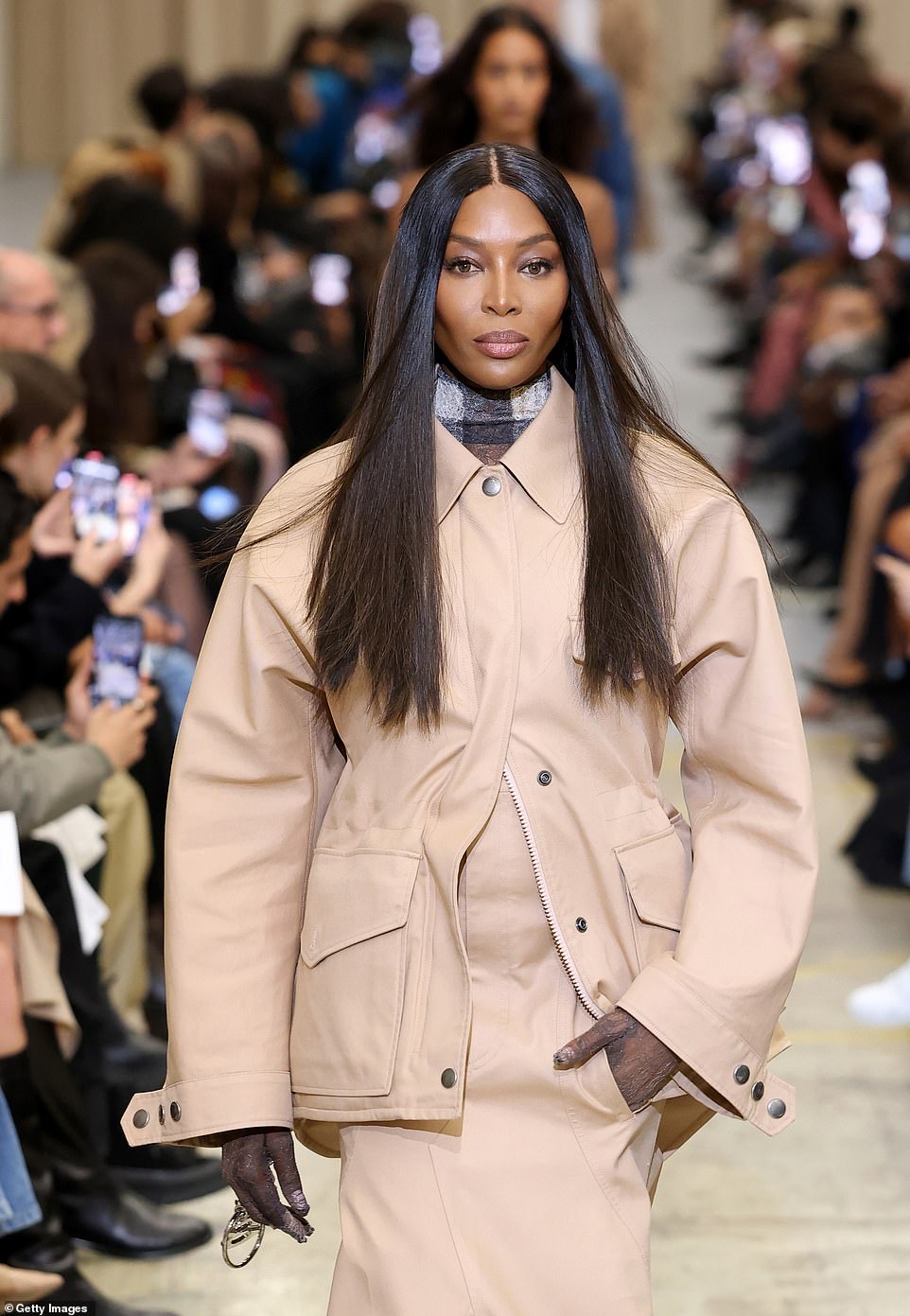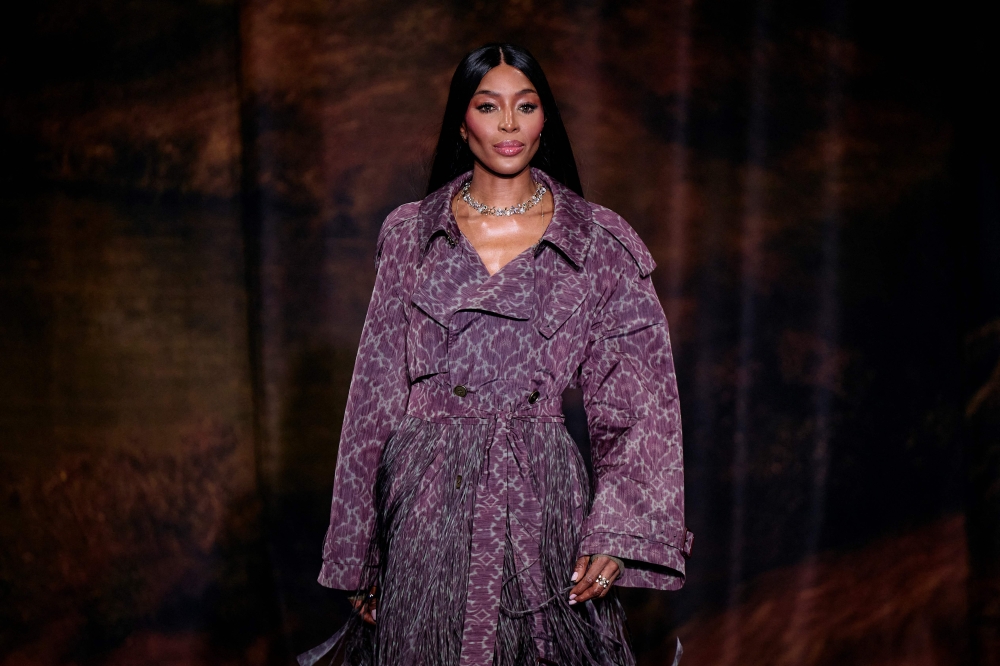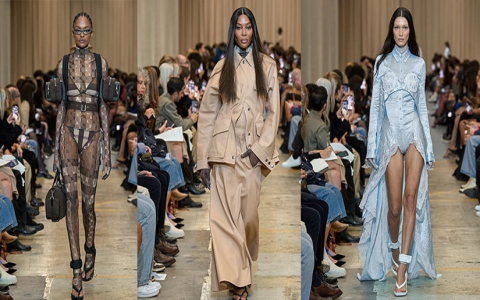Alright, so London Fashion Week. Always a bit of a circus, right? And Burberry, well, they always try to pull something new out of the bag. This time, word on the street was they were really pushing this “transparency” thing with their new collection. Supposedly, they used some kind of new system to show where everything came from.

I’m always a bit skeptical about these big brand eco-claims, you know? But hey, I blog about this stuff, so I figured I had to dive in and see what was what. My practice for the week, if you like, was to really try and use whatever this system was.
So, first things first, finding the darn thing. It wasn’t like super obvious on their main page during the LFW hype. Took a bit of digging. Eventually, I found out it was tied to specific product pages, and only for certain items from the new runway collection. Not everything, which, okay, maybe they’re rolling it out slowly. Or maybe it’s just for show on the “hero” pieces. Who knows?
I finally got to a page with this feature. It was some kind of interactive map or timeline. You were supposed to be able to click on different parts of a garment’s journey – the material sourcing, the manufacturing, the dyeing process, all that jazz.
My Deep Dive – The Actual “Practice”
So, I spent a good chunk of an afternoon trying this out on a couple of different items they highlighted. A trench coat, of course, and one of their new bags.

Here’s what I jotted down from my experience:
- The Interface: Kinda slick, I’ll give them that. Looked very Burberry. But a bit slow to load. Maybe it was the LFW traffic, or maybe it was just heavy.
- The Information: This is where it got a bit… fuzzy. For the cotton in the trench, it would say something like “Sourced from sustainable farms in X region.” Okay, cool. But which farms? What certifications? It was pretty high-level.
- Specifics Lacking: When it came to who actually made the garment, like the factory, it often just said “Made in Italy” or “Made in the UK by trusted partners.” Again, “trusted” is nice, but it’s not exactly radical transparency, is it? I wanted to see factory names, audit reports, that kind of nitty-gritty. That wasn’t there.
- Inconsistencies: For one item, the “dyeing process” section was quite detailed with water usage stats (which was good!). For another, that whole section was just a pretty picture and a vague sentence. It felt a bit patchy.
I remember trying to click deeper on a few points, hoping for more layers of information. Most of the time, I just hit a dead end, or it looped back to some generic marketing copy about their commitment to sustainability. It felt like they’d built a really nice-looking front door, but once you stepped inside, a lot of the rooms were empty or still under construction.
My big takeaway? It’s a step. I guess. Using this kind of tech to even try and show the supply chain is more than what many brands do. So, credit where it’s due for the effort. But the execution, from what I could “practice” and “record,” felt more like a carefully curated story than a truly open book. It was like they used the idea of transparency as a feature for LFW, but didn’t quite deliver the full, unvarnished version.
It’s a classic fashion week move, isn’t it? A lot of gloss, a lot of promise. Sometimes the substance catches up later. Sometimes it doesn’t. I just put my notes down, shared what I found, and moved on to the next shiny thing. That’s the gig, I suppose.

